This story was written by Trinbagonian attorney and environmental activist Britney G. Nurse. It was published with the support of the Caribbean Climate Justice Journalism Fellowship which is a joint venture between Climate Tracker and Open Society Foundations.
While climate change has affected all countries around the world, Small Island Developing States (SIDs) have been classified as the most vulnerable to the phenomena.
As the Intergovernmental Panel on Climate Change (IPCC) has done more research on climate change and the vulnerabilities of SIDs, they have identified the following as key drivers of climate risk:
- Sea level rise
- Tropical cyclones
- Increasing air and sea surface temperatures
- Changing rainfall patterns
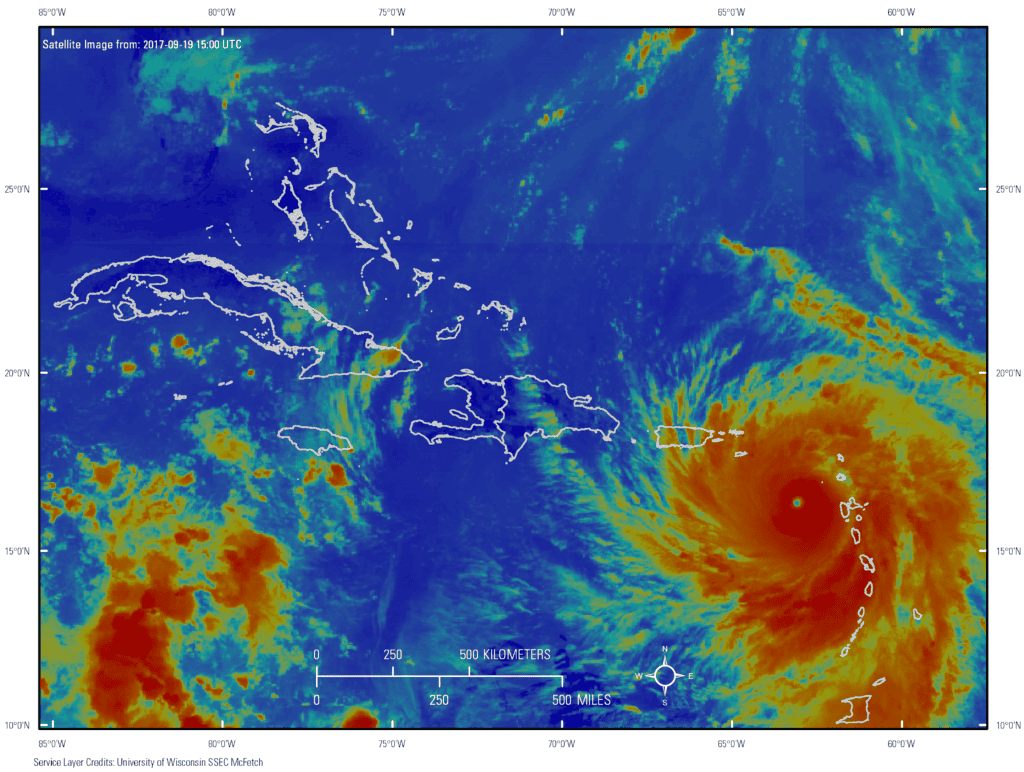
Given climate change continues to accelerate at alarming rates, SIDs are now being more frequently affected by severe tropical cyclones and other disasters like droughts.
With people living in SIDs often reliant on the natural environment for their livelihoods, their economic well-being are susceptible to the negative effects of climate change.
But apart from economic ramifications, the natural, social and cultural fabric of these vulnerable countries are also vulnerable to climate change.
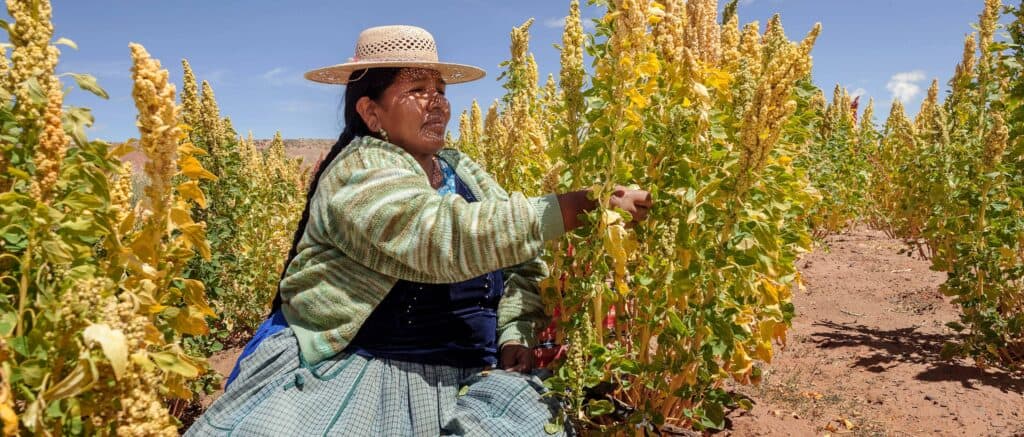
The effects of climate change on Trinidad and Tobago
Like many other SIDS, Trinidad and Tobago is susceptible to the effects of climate change which include sea-level rise, changing weather patterns, coastal erosion and biodiversity loss.
When the country’s vulnerabilities in economics and disaster preparedness are considered, the effects of climate change Trinidad and Tobago are compounded.
With the country’s watersheds, freshwater resources, and marine resources already affected by unsustainable human practices – like pollution and resource exploitation – they are further degraded by the fallout from climate change.
But it is important to protect these ecosystems and resources which can be beneficial to strengthening the country’s climate resiliency.
For example, coastal ecosystems like mangroves should be protected as they can buffer against some of the effects of sea-level rise and storm surges in the event of intense tropical cyclones.
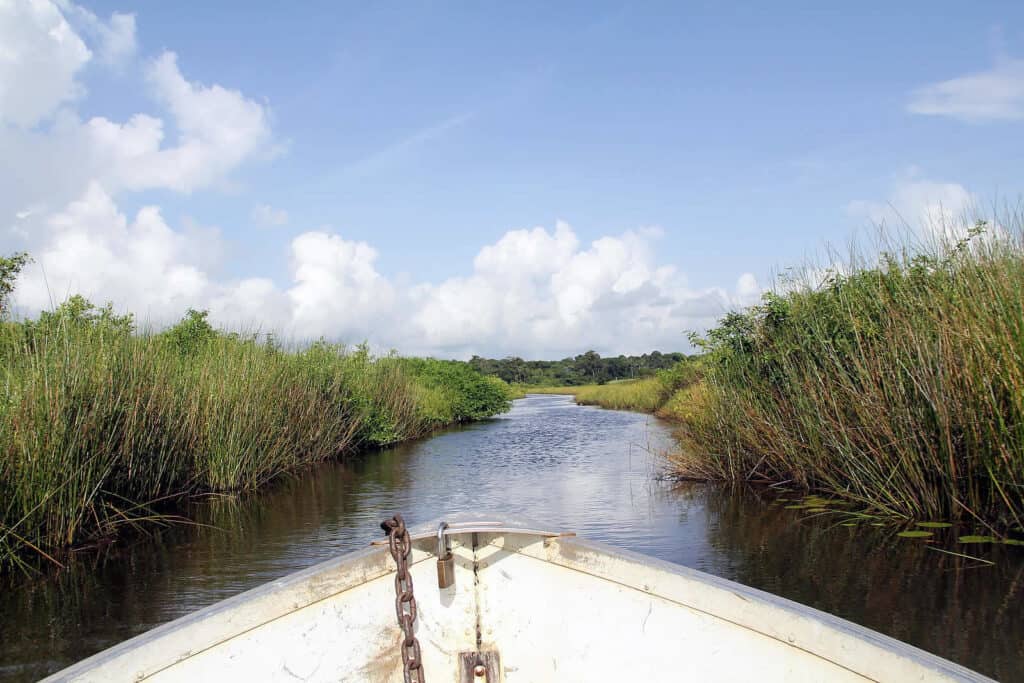
These and other potential effects of climate change on Trinidad and Tobago were highlighted in a 2018 Vulnerability and Capacity Assessment Report and a 2020 Coastal Zone Vulnerability and Adaptation Assessment.
The reports were compiled by several stakeholders including:
- The Ministry of Planning and Development
- The Environmental Policy and Planning Division
- The Multilateral Environmental Agreements Unit (MEAU)
- The Tobago House of Assembly (THA)
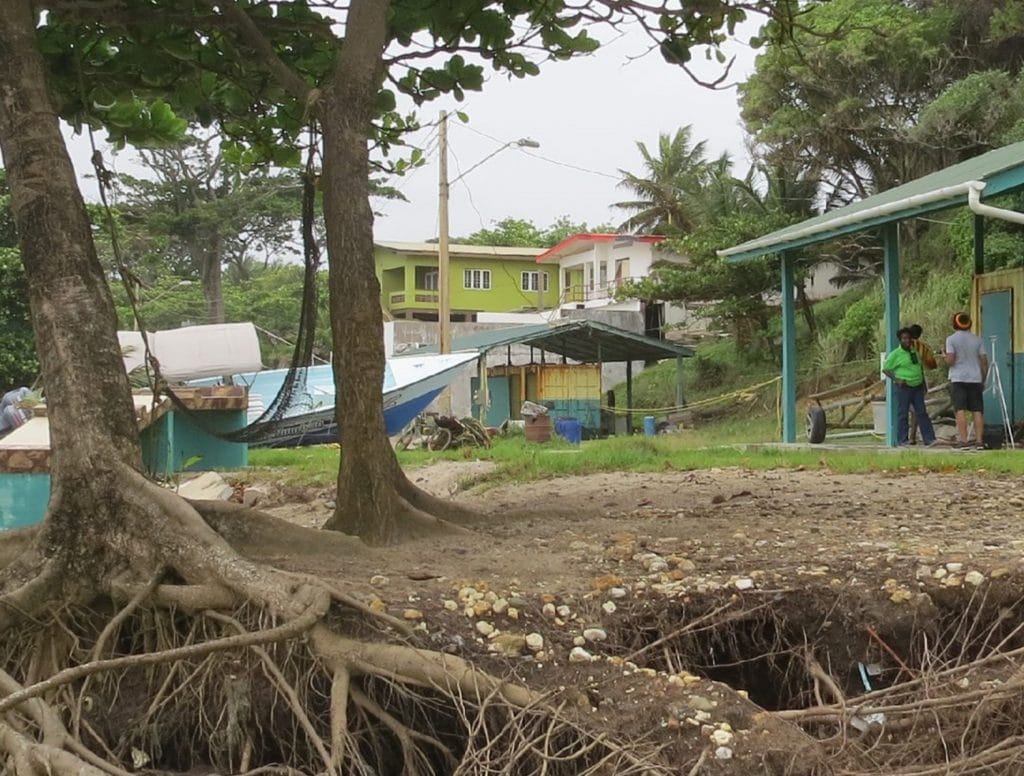
The reports found that Trinidad and Tobago’s climate vulnerabilities include:
- Declines in agricultural production
- Declines in the supply of drinking water
- An increase in vector-borne diseases like Dengue, Zika and Chikungunya
- Coastal erosion in both islands
- Threats to Tobago’s Main Ridge Forest Reserve
- Higher air temperatures leading to greater water evaporation
- Rising sea levels and salt water intrusion into groundwater supplies
- Lower precipitation reduces the national supplies of drinking water and freshwater
- Higher ambient temperatures resulting in soil aridity coupled with soil salinisation due to sea level rise
- Aquatic and terrestrial biodiversity affected by decreases in rainfall
- Rising sea levels and increased storm surges pose a threat to coastal infrastructure and communities
- With 80 percent of Trinidad’s economy, and 70 percent of its population, dependent on coastal areas, these economic activities/communities are affected by climate change
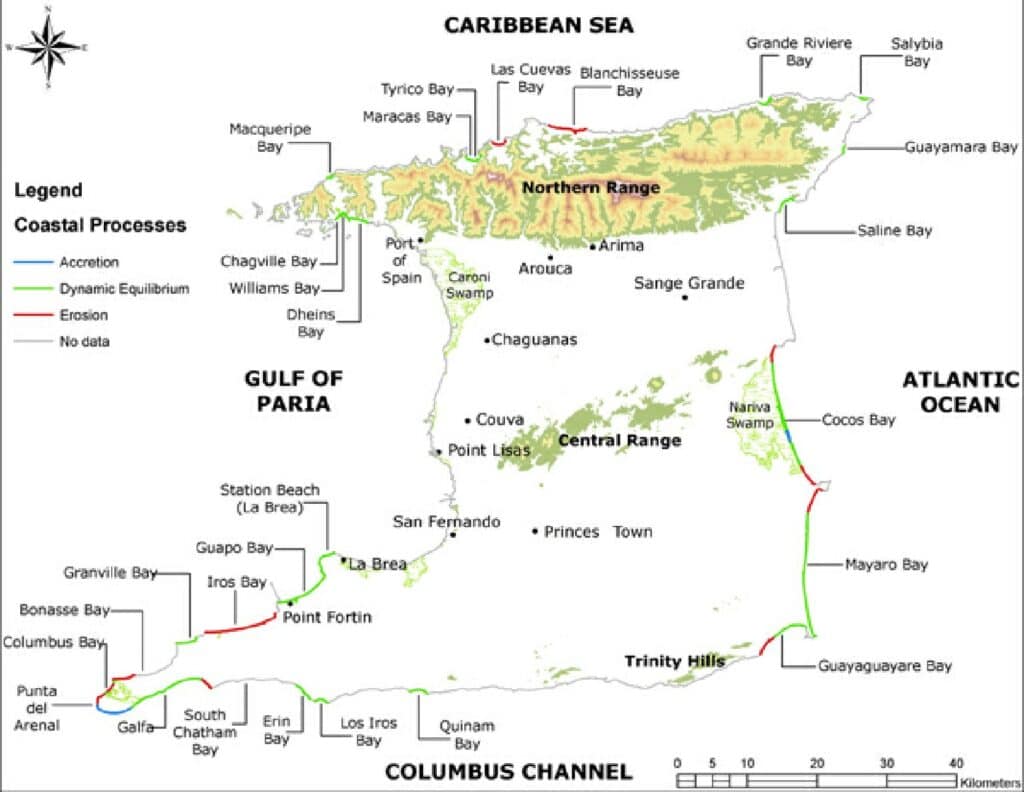
The future of climate change in Trinidad and Tobago
Using current data, and global climate simulation models, the above-mentioned studies have predicted that air temperatures in Trinidad and Tobago will likely rise by an average of 0.5 degrees Celsius by 2030 and one degree Celsius by 2050.
The impact of this, among other factors, will mean:
- A slight decrease in rainfall by the dry season of 2030 which is predicted to progressively worsen by 2050.
- Rising sea levels and storm surges are projected to increase flooding and coastal erosion along Trinidad’s eastern Atlantic coast and the Gulf of Paria on the west.
- In Tobago, rising sea levels compounded by flooding from a Category 2 or a Category 5 hurricane will have a devastating impact on agricultural lands, hotel resorts along the coast, private residential and resort infrastructure in coastal zones and popular beachfront properties at Buccoo Bay and some coastal villages.
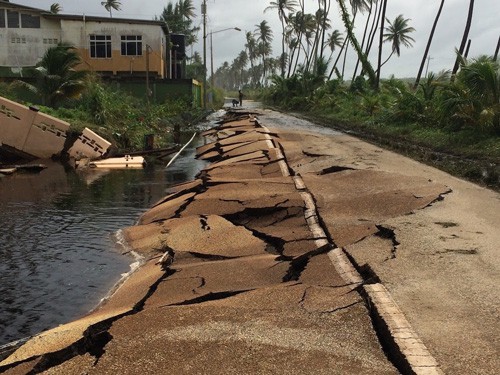
In the aftermath of disasters, reconstruction efforts require massive financial resources which are often covered through external borrowing.
In order to provide policy makers with tools to maintain debt sustainability, a better understanding of the options and the complexity between disaster response and debt is required.
To mitigate the economic impacts of climate change, Trinidad and Tobago can focus on:
- Adopting climate-resilient practices
- Diversifying the economy
- Promoting renewable energy sources
- Implementing sustainable agricultural practices
- Investing in infrastructure resilience
- Strengthening adaptive capacity through policy frameworks and international collaborations.
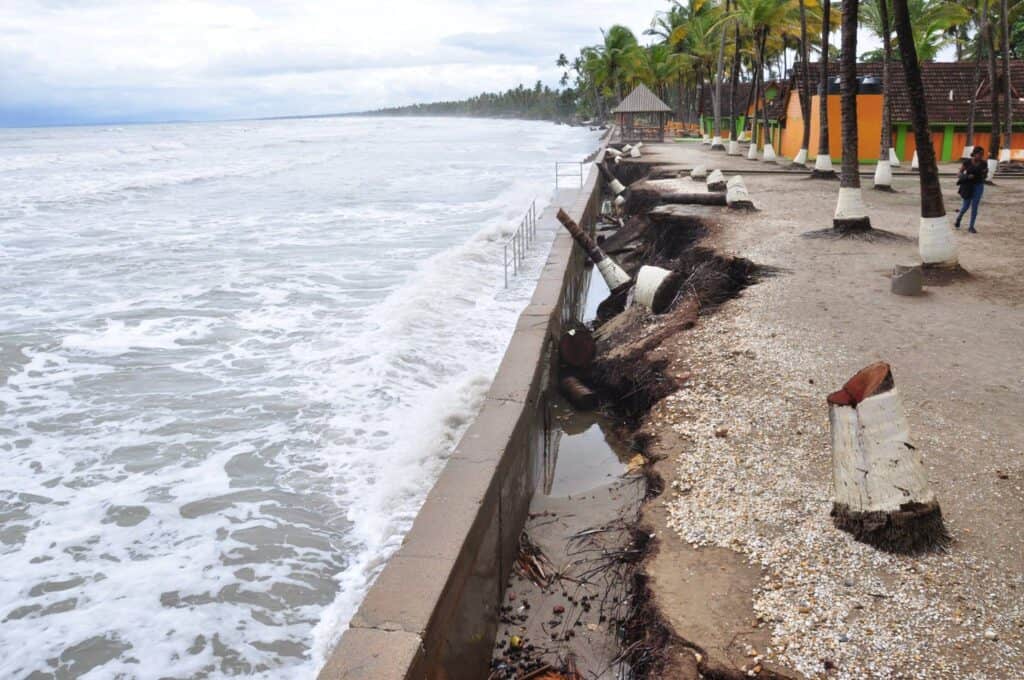
If Trinidad and Tobago is to comprehensively address climate mitigation and adaptation, it is highly recommended there be a package of short, medium and long-term measures.
These include:
- Water management and protection strategies
- Incorporation of climate change as a public health risk with supporting data
- Evaluation of the National Food Production Action Plan to enhance productivity and profitability
- Integration of disaster risk management and climate change adaptations
- Repair of revetments to address coastal erosion, instability and flooding along Trinidad’s coastline
- The promotion of environmental literacy with greater involvement of civil society.

Institutionally, capacity-building and the strengthening of processes and collaboration is required:
- Improved screening of applications within the Town and Country Planning Division with future policy and climate change in mind
- Development of building guidelines based on international best practices in the absence of a national climate-resilient building code
- The formal mandating of meaningful involvement of Civil Society in the national response to climate change
- Financial and other support for vulnerable livelihoods
- Stronger data and information to support decision-making
- Attitude surveys in coastal communities to establish what is known about climate change risks and adaptation
- The introduction of appropriate policies, legislation and master plans to govern and direct the respective sectors





